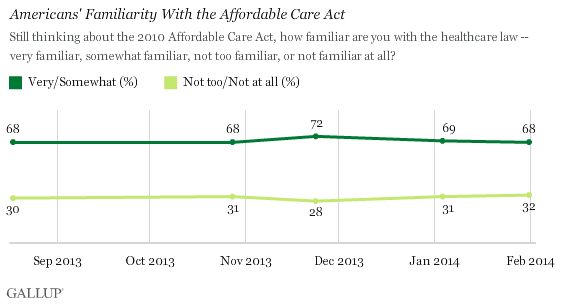A Congressional Budget Office report released Tuesday touched off a partisan debate over how to interpret its conclusion that the Affordable Care Act will spur more than two million full-time workers to leave the labor force in the coming years. That debate played out across the media, garnering several front-page stories in major newspapers, over four minutes of airtime on the nightly news broadcasts, and many more print and online accounts.
Two of the network newscasts that devoted full segments to the report mostly echoed the White House’s interpretation of the CBO’s projections. On the CBS Evening News (2/4, story 3, 2:10, Pelley), Scott Pelley said the report had been “widely misunderstood,” and added that there “aren’t necessarily jobs being lost.” On ABC World News (2/4, story 3, 1:45, Sawyer), Jonathan Karl reported that the CBO “actually” concluded that “two million fewer people will choose to work full-time – their choice, not because of a lack of jobs.”
Brian Williams covered the CBO analysis in a brief segment for NBC Nightly News (2/4, story 7, 0:35, Williams), saying, “The nonpartisan [CBO] says this new healthcare law is going to cause more than two million Americans to reduce their work hours or leave the workforce all together.” Still, Williams added that the White House responded by saying “those departures are more a result of workers’ flexibility to leave their job and still have health insurance.”
Read a full report here.
Contact Steven Cosby with questions or to request more information and to schedule a healthcare plan evaluation, savings analysis or group plan solution for your company.
[contact-form subject=’Website inquiry’][contact-field label=’Name’ type=’name’ required=’1’/][contact-field label=’Email’ type=’email’ required=’1’/][contact-field label=’Company Name’ type=’text’ required=’1’/][contact-field label=’Comment’ type=’textarea’ required=’1’/][/contact-form]


